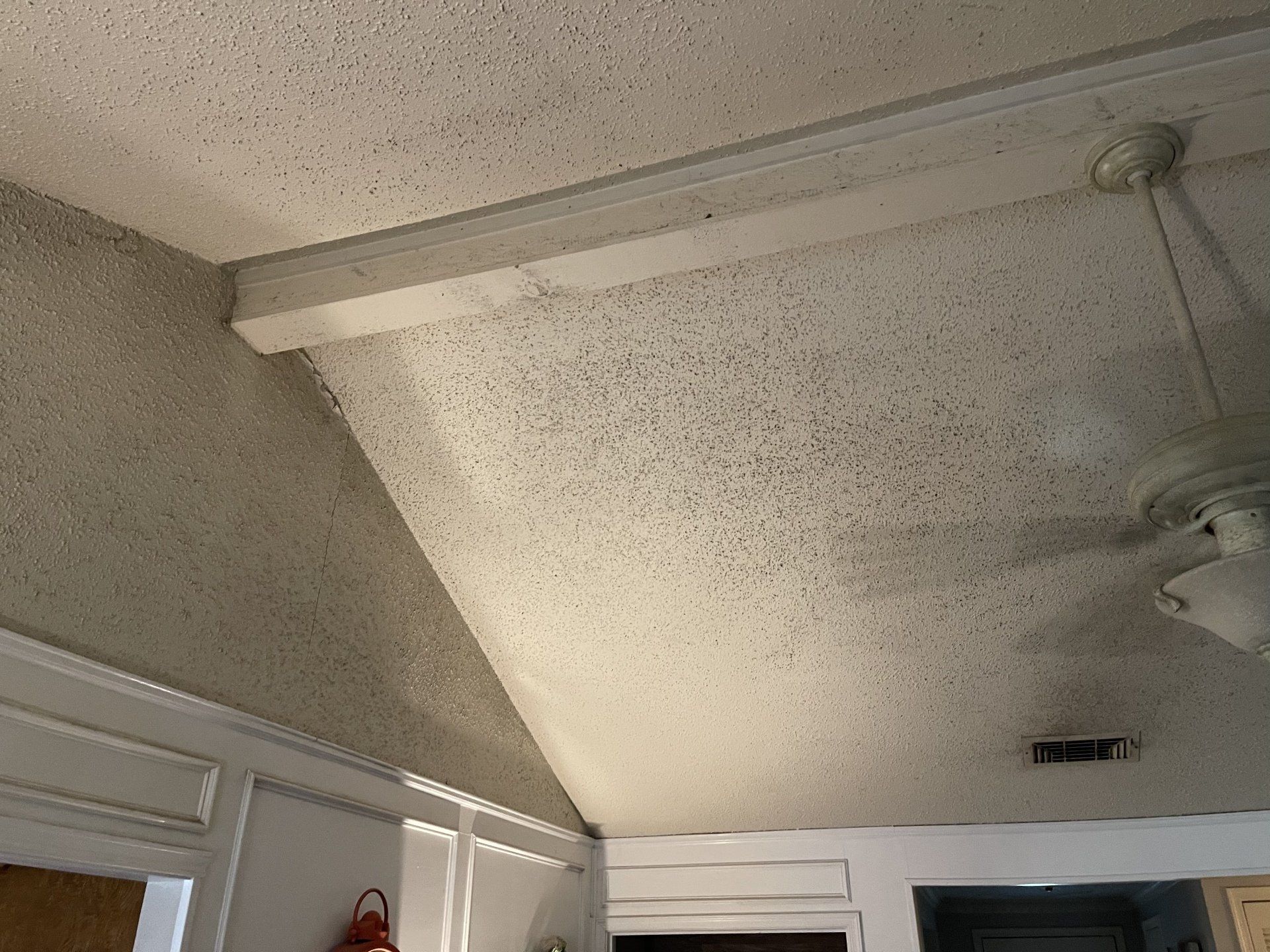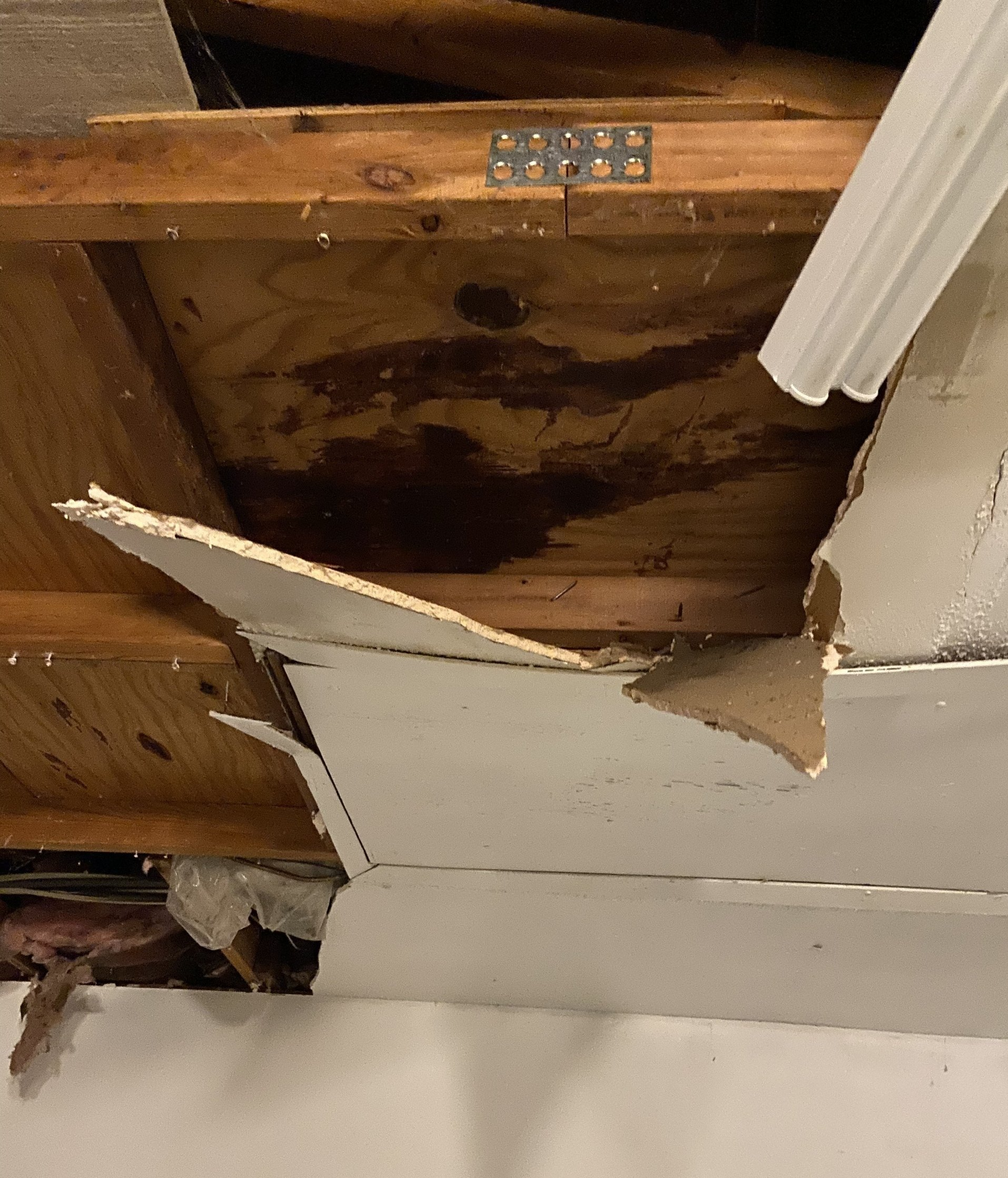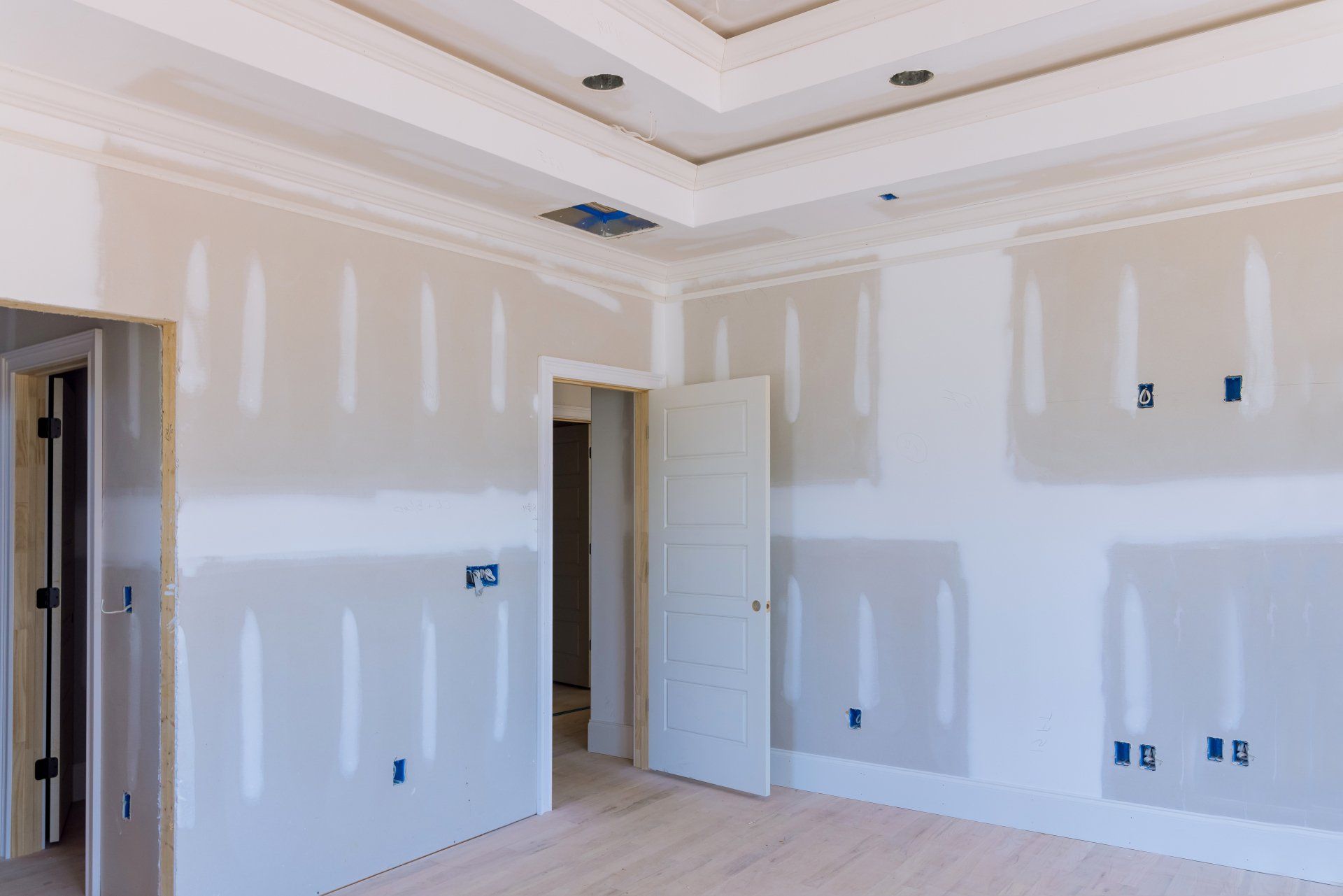
What is Orange Peel Texture and How is It Applied?
Mastering Orange Peel Texture: Application and Benefits
When it comes to finishing drywall, one popular technique stands out for its unique appearance and practical benefits: orange peel texture. This textured finish, resembling the surface of an orange peel, adds a subtle yet stylish dimension to walls and ceilings. It is not only aesthetically pleasing but also helps to hide imperfections and add durability to the surfaces. In this article, we'll explore what
orange peel texture is and how it is applied, especially focusing on the process of spraying orange peel texture on the ceiling.

Understanding Orange Peel Texture
Orange peel texture gets its name from the distinctive, dimpled appearance it gives to surfaces, similar to the skin of an orange. This texture is achieved through a specific spraying technique that creates small, uniform bumps on the drywall. It’s a versatile finish that works well in both residential and commercial settings, providing a decorative and practical solution to enhance the look and durability of drywall surfaces.
Why Choose Orange Peel Texture?
The appeal of orange peel texture lies in its ability to mask minor imperfections in drywall installation. This makes it an excellent choice for both new construction and renovation projects. Additionally, it adds a layer of protection to the drywall, making it more resistant to wear and tear. Homeowners and contractors alike appreciate its ease of application and maintenance.
Applying Orange Peel Texture to Ceiling and Walls
The process of applying orange peel texture to the ceiling or walls requires some preparation and the right tools. Here’s a step-by-step guide to achieving that perfect textured finish:
Preparation:
Start by ensuring the surface is clean, dry, and free of dust or debris. Patch any holes or cracks and sand the surface smooth. For the best results, apply a primer to the drywall before texturing. Proper preparation is key to ensuring that the texture adheres well and provides a uniform finish.
Mixing the Texture: Orange peel texture is typically made from a mixture of joint compound and water. The consistency should be similar to pancake batter – not too thick, but not too runny. You can buy pre-mixed texture products or mix your own. When mixing your own, be sure to follow the manufacturer's instructions for the best results. Consistent mixing is crucial to avoid clumps and ensure an even spray.
Spraying the Texture: Using a hopper gun connected to an air compressor, spray orange peel texture ceiling or walls. Hold the gun about 18 inches from the surface and use a consistent, sweeping motion to apply the texture. Practice on a piece of cardboard first to get a feel for the spray pattern and adjust the air pressure and nozzle settings as needed. The technique involves a steady hand and a rhythmic motion to ensure an even distribution of texture across the surface.
Drying Time:
Allow the texture to dry completely, which usually takes 24 hours. Once dry, you can leave the texture as is or paint over it for a finished look. Painting over the texture can enhance its appearance and add an extra layer of protection to the surface.
Touch-Ups and Repairs:
Over time, you may need to perform orange peel texture ceiling repair if the surface gets damaged. This involves lightly sanding the area, reapplying the texture using the same spraying technique, and blending it with the surrounding texture. Repairing the texture can restore the uniform look and prolong the life of your walls and ceilings.
Tips for a Professional Finish
Practice Makes Perfect: If you’re new to spraying orange peel texture on ceiling or walls, take the time to practice on a scrap piece of drywall. This will help you get comfortable with the equipment and technique.
Consistent Mixing: Ensure your texture mix is consistent throughout the project to avoid variations in texture.
Proper Ventilation: Work in a well-ventilated area to avoid inhaling any dust or fumes from the texture mix or primer.
Advanced Techniques for Orange Peel Texture
For those looking to achieve a more customized finish, there are advanced techniques and variations to explore. One such technique is the double-coat method, where an initial layer of texture is applied, allowed to dry, and then a second coat is added. This method can create a more pronounced texture and add depth to the surface.
Another advanced technique involves using different nozzle sizes and air pressures to create varied texture patterns. By experimenting with these variables, you can achieve a range of effects, from fine, subtle textures to more pronounced, dramatic finishes. This flexibility makes orange peel texture a versatile option for different design preferences.
Combining Orange Peel Texture with Other Finishes
Orange peel texture can also be combined with other finishes to create unique, custom looks. For example, you can use a skim coat technique to smooth out the texture in certain areas, creating a contrast between textured and smooth surfaces. This combination can add a sophisticated, modern touch to your interior design.
Additionally, consider pairing orange peel texture with bold paint colors or decorative accents. The textured surface can add visual interest and depth to vibrant hues, making your walls stand out. Decorative elements like crown molding or wainscoting can also complement the texture, enhancing the overall aesthetic of your space.
Maintenance and Longevity
Maintaining your orange peel textured surfaces is relatively straightforward. Regular dusting and occasional washing with a mild detergent can keep the texture looking fresh. Avoid using abrasive cleaners or scrubbers, as these can damage the texture.
For long-term durability, consider applying a clear sealant over the painted texture. This additional layer of protection can help prevent wear and tear, especially in high-traffic areas or spaces exposed to moisture, such as bathrooms and kitchens.
Conclusion
Orange peel texture is a fantastic option for anyone looking to enhance the appearance and durability of their drywall surfaces. Whether you're a DIY enthusiast or a professional contractor, understanding the process of applying orange peel texture to ceiling and walls can help you achieve a beautiful, long-lasting finish. With the right preparation, tools, and technique, you can transform any space with this versatile and attractive texture. The combination of practicality and aesthetic appeal makes orange peel texture a popular choice for a wide range of applications, ensuring your walls and ceilings stand the test of time while looking stylish.
If you're interested, read our article on 'Common Problems and Solutions in Insulation and Drywall Installation' to learn more about our services.
You might also like
Book a Service Today
We will get back to you as soon as possible
Please try again later
Aldo's Drywall Contracting & Repair Services
Drywall is our business and we do it right.
Copyright Aldo's Drywall Contracting & Repair


